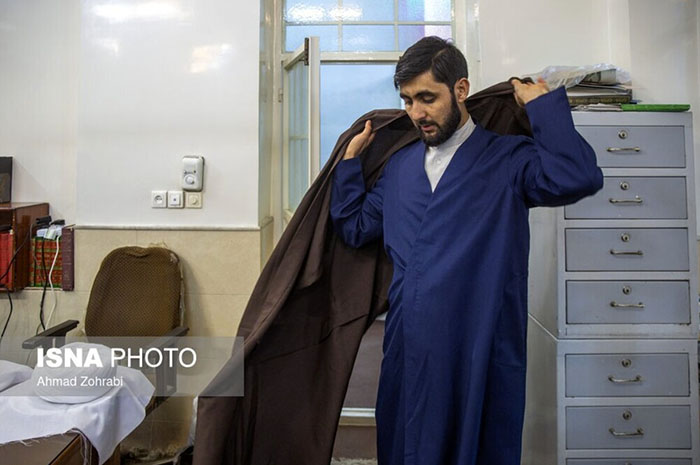12 Significant Aspects of the Turban-Wearing Ceremony in Qom: A Rite of Passage for Seminary Students
Introduction
The turban-wearing ceremony is a significant milestone in the education of seminary students in Qom, Iran. This rite of passage marks the completion of five years of study and demonstrates a student’s academic and moral preparedness to become a cleric. The ceremony is typically held on Islamic holidays and is overseen by the Deputy for the Education and Training of Seminaries and the Center for the Management of Seminaries.
5 Key Aspects of the Turban-Wearing Ceremony:
- Significance of the Turban: The turban is a symbol of a seminary education, adherence to Islamic values, and readiness to play a role in Islamic society.
- Requirements for Participation: Students must meet specific academic and moral requirements to be eligible for the turban-wearing ceremony.
- Traditional Garments: The clerical robe consists of a turban, a robe, and a cloak, which are given to students during the ceremony.
- Supervision and Organization: The turban-wearing ceremony is carried out under the supervision of the Deputy for the Education and Training of Seminaries and the Center for the Management of Seminaries.
- Tradition and Cultural Significance: The turban-wearing ceremony is an important tradition in Qom, Iran, and is an essential part of a seminary education.





